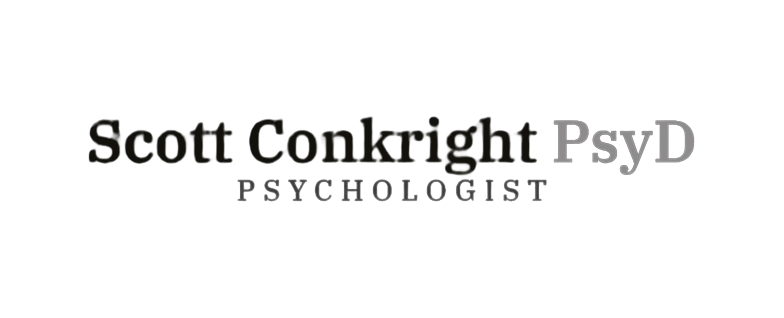Unmasking Blamecasting: The Silent Assassin of Love and Trust in Relationships

Blamecasting, shaming, and gaslighting are distinct tactics used in relationships that can negatively impact an individual’s emotional well-being and self-perception. Still, they differ significantly in their approaches and effects.
Blamecasting:
Blamecasting, a term I coined to explain this toxic response to shame and anger, is a more subtle and indirect form of emotional manipulation compared to shaming. In blamecasting, one partner systematically attributes all problems, mistakes, or relationship discord to the other partner, often without direct reference to specific actions or characteristics. This mechanism can be rooted in the blamecaster’s inability to deal with negative emotions or insecurities. According to A.R.T., blamecasting can be driven by the blamer’s underlying affects, such as anger or distress, which are then externalized and directed toward the partner, thereby avoiding personal accountability and reflection.
In blamecasting, the affected partner (the blamecatcher) might feel an ongoing responsibility for relationship issues without understanding why. This continuous blame can lead to the internalization of shame, affecting the partner’s self-esteem and self-worth, yet the process does not involve explicit shaming language or actions. Instead, the destructive pattern is maintained through the insidious and recurrent nature of blame.
Shaming
Shaming is a direct and explicit form of criticism or humiliation. It involves clear, often public actions or statements designed to make the partner feel inferior, guilty, or unworthy. This method is unmistakable in its intention to degrade or demean the partner, directly impacting their self-esteem. Unlike blamecasting, which attributes faults, overt shaming attacks character or behavior directly and openly. However, like blamecasting, it does not typically involve challenging the victim’s perception of reality.
Gaslighting:
Gaslighting, on the other hand, is a psychological manipulation technique used to make a partner question their thoughts, memories, and events, leading to confusion and a loss of confidence and self-trust. This form of emotional abuse is more insidious than blamecasting or overt shaming because it targets the victim’s perception of reality itself. A gaslighter will deny facts, lie about past events, or dismiss the victim’s feelings, leading the victim to doubt their memory, sanity, or judgment. Unlike blamecasting or overt shaming, which focuses on attributing blame or inducing shame for specific issues, gaslighting undermines the entire foundation of the victim’s sense of reality and self-belief.
Key Differences:
- Focus: Blamecasting focuses on attributing all problems to one partner; overt shaming focuses on degrading the partner’s self-worth directly; gaslighting focuses on distorting the partner’s perception of reality.
- Method: Blamecasting uses constant criticism regarding faults; shaming uses direct and indirect insults and humiliations; gaslighting uses denial, contradiction, and lying to create doubt in the victim’s mind.
- Impact: Blamecasting leads to a skewed sense of responsibility; shaming leads to decreased self-esteem and dignity; gaslighting leads to confusion, anxiety, and loss of self-trust.
Understanding these differences is crucial for recognizing and addressing these behaviors in relationships. Each has unique characteristics and impacts on the victim’s mental and emotional well-being, requiring different approaches for resolution and healing. Remember that the focus, method, and impact of all three manipulative shame tactics can be operative in an unhealthy relationship. The more present one or more of these tactics is in a relationship, the unhealthier it is for all involved.






